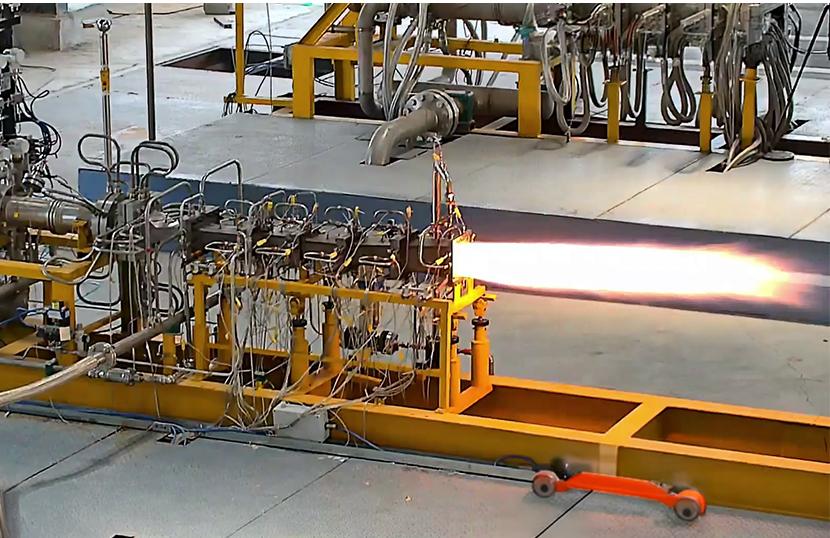In a major boost to India’s hypersonic weapon technology programme, the Defence Research and Development Laboratory (DRDL), Hyderabad, a key laboratory of the Defence Research and Development Organisation (DRDO), has successfully conducted a long-duration ground test of an Active Cooled Scramjet Subscale Combustor. The test lasted for more than 1,000 seconds and was conducted at the newly developed Scramjet Connect Test Facility in Hyderabad on April 25, 2025.
This achievement builds on an earlier test conducted in January 2025, where the system was successfully tested for 120 seconds. The success of the latest test marks a crucial step towards the full-scale flight testing of a scramjet-powered system.
A Hypersonic Cruise Missile, powered by an air-breathing scramjet engine, can travel at speeds greater than five times the speed of sound (over 6,100 km/h) for extended durations. The scramjet technology, which involves supersonic combustion, is vital for ensuring sustained cruise conditions at hypersonic speeds. The successful testing validates both the design of the long-duration scramjet combustor and the capabilities of the test facility itself.
The achievement is the result of a collaborative effort between DRDO laboratories, industry partners, and academic institutions, laying a strong foundation for India’s Hypersonic Cruise Missile Development Programme.
Raksha Mantri Shri Rajnath Singh lauded the achievement, calling it a reflection of the government’s unwavering commitment to advancing critical hypersonic weapon technologies for national security.
Secretary, Department of Defence R&D and Chairman DRDO, Dr. Samir V. Kamat, also congratulated the teams involved. He specifically praised Director General (Missiles & Strategic Systems) Shri U Raja Babu, Director DRDL Dr. G.A. Srinivasa Murthy, and their teams for successfully demonstrating supersonic combustion for more than 1,000 seconds, showcasing cutting-edge technological capabilities.





